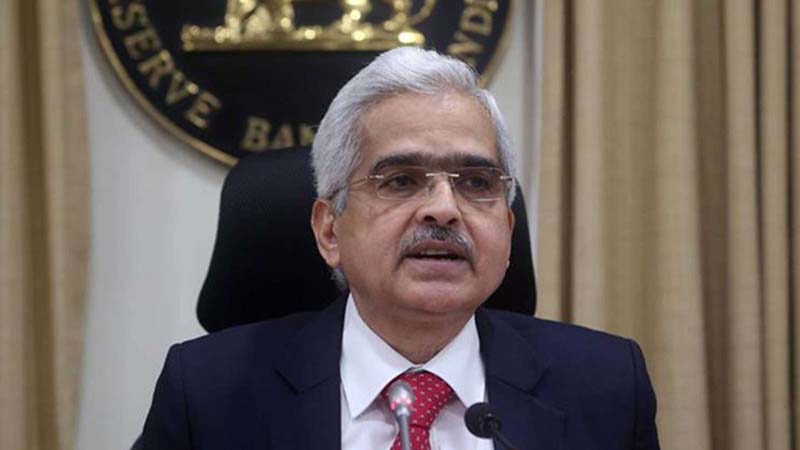In an unexpected move, the Monetary Policy Committee of the Reserve Bank of India (RBI) stood pat on policy rates, as it decides to wait for past policy actions, undertaken by the government and the central bank, to play out. The RBI said it will maintain an “accommodative stance as long as it is necessary”.
With a no rate action, the repo rate—the rate at which banks borrow from it—remains unchanged at 5.15%. This is contrary to the result of a Mint survey, wherein eight of 10 bankers and economists expected a 25 basis points cut. RBI has cut policy rates by 135 basis points so far in 2019.
The six members of the monetary policy committee (MPC) were unanimous in their decision to hold rates.
“The MPC recognises that there is monetary policy space for future action. However, given the evolving growth-inflation dynamics, the MPC felt it appropriate to take a pause at this juncture. Accordingly, the MPC decided to keep the policy repo rate unchanged and continue with the accommodative stance as long as it is necessary to revive growth, while ensuring that inflation remains within the target,” the RBI said in its policy statement.
While acknowledging that growth has weakened further, the MPC noted that removing the impediments to future investments is the need of the hour. The MPC also felt that it is better to wait for the upcoming budget to get a better clarity on further measures to be undertaken by the government and its impact on growth before easing the policy.
RBI also sharply reduced its growth forecast for 2019-20 to 5% from 6.1%, with the committee noting that a delay in revival of domestic demand, further slowdown in global economic activity and geo-political tensions could pose downside risks to growth. India’s economy grew at 4.5% in July-September, the weakest pace in more than 6 years.
“The need at this juncture is to address impediments, which are holding back investments. The introduction of external benchmarks is expected to strengthen monetary transmission. In this context, there is also a need for greater flexibility in the adjustment in interest rates on small saving schemes,” the statement read.
RBI also revised its inflation forecast for the second half of the current fiscal to 4.7-5.1% from 3.5-3.7%. This comes after consumer price inflation quickened to 4.62% in October, breaching the 4% target for the first time since July 2018. The MPC noted that inflation is expected to moderate below target by the second quarter of fiscal 2020-21 and that it would wait for data for more clarity on inflation outlook.

